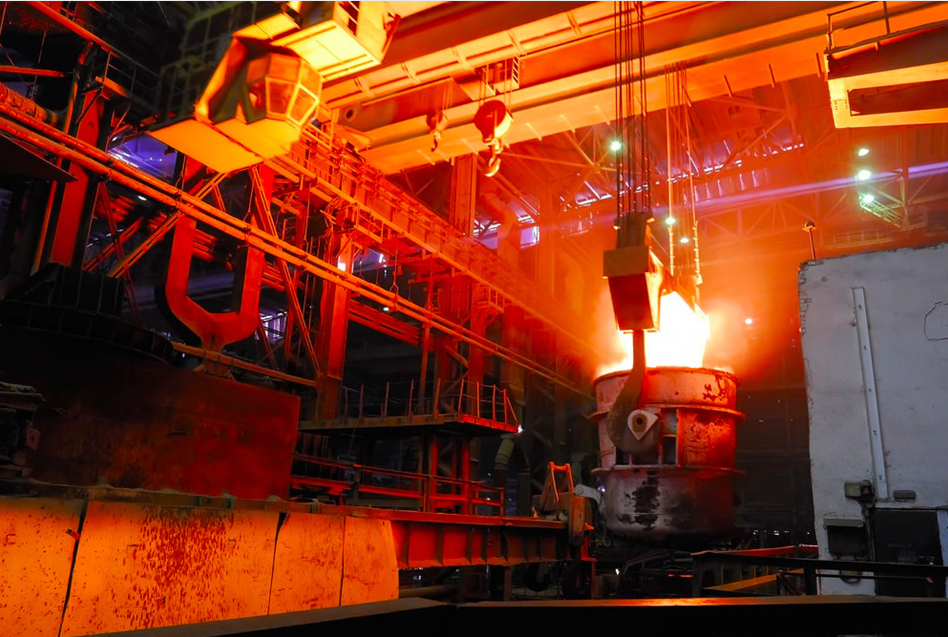Die casting is a versatile and widely used manufacturing process that allows for the production of complex and high-quality metal parts. To ensure the success of a die casting project, it is essential to have a well-designed die casting mold. In this article, we will discuss some guidelines for effective die casting design.
1. Material Selection:
The choice of material plays a crucial role in die casting design. Aluminum, zinc, and magnesium are commonly used materials in die casting due to their excellent casting properties. Factors such as mechanical properties, thermal conductivity, and corrosion resistance should be considered when selecting a material.
2. Part Geometry:
Designing the part geometry is an important aspect of die casting. The part should have a uniform wall thickness to ensure proper filling and solidification of the molten metal. Sharp corners and undercuts should be avoided as they can cause difficulties during ejection. Ribs and gussets can be added to improve the strength and stiffness of the part.
3. Draft Angle:
Draft angle is the amount of taper provided to the vertical faces of a die casting. It is necessary to incorporate draft angles to facilitate the ejection of the part from the die. A minimum draft angle of 1-3 degrees is generally recommended. The draft angle can vary depending on the size and complexity of the part.
4. Fillets and Radii:
Sharp edges and corners should be avoided in die casting design. Fillets and radii should be incorporated wherever possible to reduce stress concentration and improve the overall strength of the part. The radius should be at least 0.5 times the wall thickness.
5. Gate Placement:
The location of the gate is crucial in die casting design. The gate is the point where the molten metal enters the die cavity. It is essential to place the gate in a way that ensures even filling of the cavity and minimizes the formation of air pockets and porosity. The gate should also be designed to allow for easy removal of the casting.
6. Cooling Channels:
Proper cooling of the die is essential for achieving high-quality castings. Cooling channels should be strategically placed in the die to ensure uniform cooling and minimize the cycle time. The design of the cooling channels should consider factors such as the thermal conductivity of the material and the desired cooling rate.
7. Ejection System:
The ejection system is responsible for removing the solidified casting from the die. It should be designed to ensure easy and smooth ejection of the part without causing any damage. Ejector pins, slides, or air ejection can be used depending on the complexity of the part.

8. Tolerances and Draft Allowance:
The die casting design should consider the desired tolerances and draft allowances. Tolerances define the allowable deviation from the desired dimensions, while draft allowances account for the material shrinkage during solidification. It is essential to communicate the required tolerances and draft allowances with the die caster.
In conclusion, effective die casting design is crucial for producing high-quality castings. Key considerations include material selection, part geometry, draft angles, fillets and radii, gate placement, cooling channels, ejection system, and tolerances. By following these guidelines, manufacturers can optimize the die casting process and achieve successful outcomes in terms of part quality and production efficiency.
-

- Mangensium alloy die-casting Thixomolding helmet
-

- OEM korkeapaineinen painevalettu magnesiummetallivanne sähköpyörään
-

- Magnesium alloy die-casting rigid fork for bike
-

- CNC machining auto dashboard bracket
-

- Magnesium alloy die-casting LED display frame
-

- high precision die-casting steering wheel for automotive

 0086-750-5616188
0086-750-5616188 +86 13392089688
+86 13392089688 sales@zhongmei-tech.com
sales@zhongmei-tech.com







